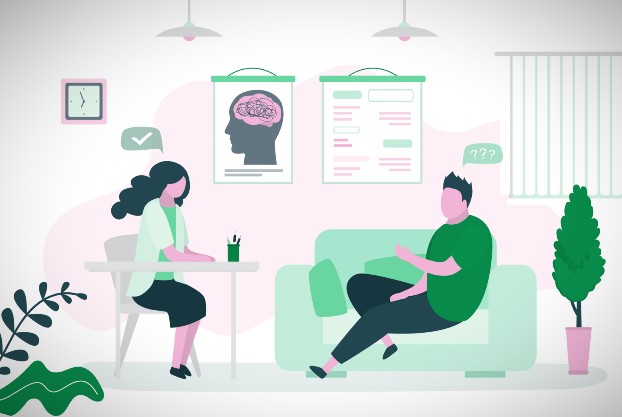
In our ever-advancing scientific era, understanding the physiological effects of harmful substances has never been more crucial. Cocaine, a powerfully addictive stimulant drug, has been the focus of extensive study due to its deleterious effects on the brain and body. It’s imperative to learn about its mechanisms to better comprehend the experiences of those affected and to guide interventions like the services provided at inpatient drug rehab Arizona facilities.
Cocaine’s Origin and Its Pathway into the Human Body
Cocaine is extracted from the leaves of the South American coca plant. It typically appears as a fine, white powder, and is commonly snorted, inhaled, or injected directly into the bloodstream. When consumed, it travels through the bloodstream and crosses the blood-brain barrier to reach the central nervous system.
The Neurobiology of Cocaine
Once in the brain, cocaine primarily affects the ventral tegmental area (VTA), nucleus accumbens, and prefrontal cortex – areas associated with reward, motivation, and pleasure. It operates by increasing the levels of dopamine, a neurotransmitter linked with pleasure and reward, in the brain circuits.
Under normal circumstances, dopamine is released in response to potential rewards, and then recycled back into the cell that produced it, shutting off the signal between nerve cells. Cocaine prevents this reuptake of dopamine by binding to the dopamine transporter, leaving an excess of dopamine in the synapse. This flood of dopamine intensifies the dopamine signal and ultimately disrupts normal brain communication, causing euphoria or a ‘high’.
Physical Impact of Cocaine Use
Cocaine’s impact extends beyond the brain to the body, with many acute and chronic effects. Acutely, cocaine increases heart rate, blood pressure, and body temperature, driven by its stimulant properties. It can lead to erratic, violent behavior, panic attacks, paranoia, or, in severe cases, seizures or irregular heart rhythm.
Chronic use leads to long-term consequences such as severe cardiac complications, including heart disease, heart attacks, and even heart failure due to increased workload on the heart. Cocaine can also lead to malnourishment due to decreased appetite, and its stimulant effects can result in prolonged sleep deprivation.
Cocaine and Addiction
Repeated cocaine use can lead to addiction, a chronic and relapsing disease characterized by compulsive drug-seeking and continued use despite harmful consequences. The intense high followed by the sudden crash and accompanying craving make the drug extremely addictive and can lead to a cycle of binging and crashing.
As the brain adapts to the excess dopamine caused by cocaine, the brain’s reward circuitry becomes less responsive to natural reinforcers and to the drug itself. The user may need to take increasing doses to experience the same high, leading to tolerance and dependence. Over time, cocaine can alter other brain circuits as well, including those responsible for stress, making users more susceptible to negative moods and further perpetuating the cycle of addiction.
Understanding to Aid Intervention
A comprehensive understanding of cocaine’s effect on the brain and body underpins effective treatment approaches. Addressing cocaine addiction often involves behavioral interventions, as there are currently no approved medications to treat this type of addiction. However, innovative treatments are being explored and developed as our scientific knowledge deepens.
Furthermore, understanding cocaine’s physiological effects helps to break down the stigma associated with addiction. By shedding light on addiction as a disease, we can foster empathy and encourage individuals affected to seek treatment, like inpatient drug rehab in Arizona, to begin their journey toward recovery.
Cocaine’s deleterious effects on the brain and body are undeniable. Through ongoing research and increased understanding, society can better respond to the challenges of cocaine use and addiction, and pave the way for improved intervention strategies and treatments.








